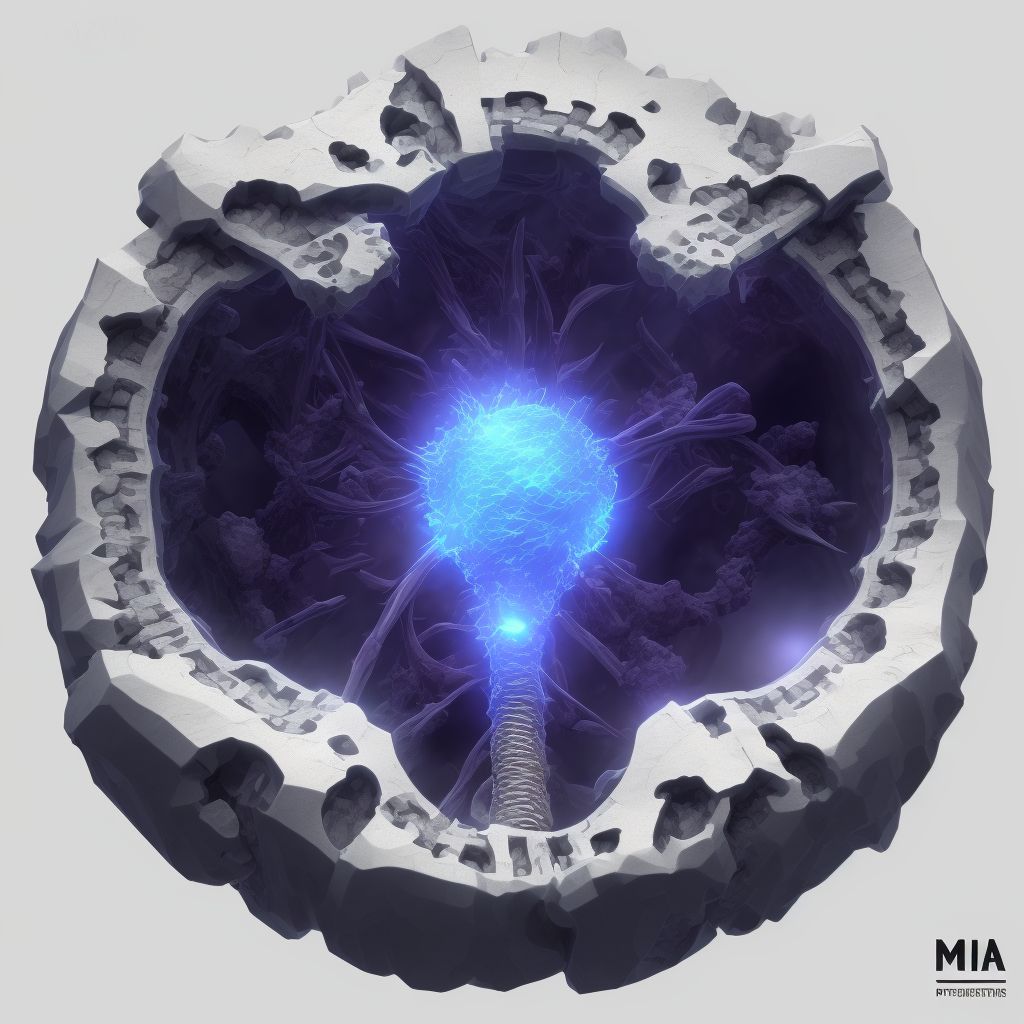
Nondisplaced oblique fracture of shaft of left tibia, subsequent encounter for open fracture type IIIA, IIIB, or IIIC with malunion Save
ICD-10 code: S82.235R
Disease category: S82.235: Nondisplaced oblique fracture of shaft of left tibia
Nondisplaced Oblique Fracture of Shaft of Left Tibia: Understanding Open Fractures with Malunion
When it comes to bone injuries, a nondisplaced oblique fracture of the shaft of the left tibia can be a challenging condition. This type of fracture occurs when the tibia bone breaks diagonally, resulting in a stable fracture that does not cause the bone fragments to separate. However, complications can arise when the fracture becomes an open fracture and leads to malunion.
An open fracture is a severe injury where the broken bone penetrates through the skin, increasing the risk of infection and other complications. In the case of a nondisplaced oblique fracture of the shaft of the left tibia, the fracture can progress to an open fracture of type IIIA, IIIB, or IIIC. These classifications indicate the severity of the injury and the extent of soft tissue damage.
Malunion refers to the improper healing of a fracture, resulting in the bones healing in a misaligned position. In the case of an open fracture, the risk of malunion is heightened due to the severity of the initial injury. Malunion can lead to functional impairment, chronic pain, and further complications that may require additional medical interventions.
- Causes: Nondisplaced oblique fractures of the shaft of the left tibia can be caused by traumatic events such as falls, sports injuries, or vehicular accidents. The open fracture occurs when the broken bone pierces the skin, exposing the fracture site to external contaminants.
- Symptoms: Common symptoms include severe pain, swelling, bruising, deformity, and an open wound at the site of the fracture. Patients may also experience difficulty walking or bearing weight on the affected leg.
- Diagnosis: To diagnose a nondisplaced oblique fracture of the shaft of the left tibia, a physical examination, X-rays, and other imaging tests may be performed. These tests help determine the severity of the fracture and identify any associated complications or malunion.
- Treatment: While we won't discuss treatment in this article, it's important to note that the management of an open fracture with malunion requires a multidisciplinary approach involving orthopedic surgeons, plastic surgeons, and infectious disease specialists.
In conclusion, a nondisplaced oblique fracture of the shaft of the left tibia can progress to an open fracture with malunion, posing significant challenges for patients. Understanding the causes, symptoms, and diagnosis of these fractures is crucial for appropriate medical management. Early diagnosis and prompt intervention can help minimize complications and improve the overall prognosis for individuals with this condition.
Treatment of Nondisplaced oblique fracture of shaft of left tibia, subsequent encounter for open fracture type IIIA, IIIB, or IIIC with malunion:
Treatment Options for Nondisplaced Oblique Fracture of Shaft of Left Tibia
A nondisplaced oblique fracture of the shaft of the left tibia, subsequent encounter for open fracture type IIIA, IIIB, or IIIC with malunion can be a challenging injury to treat. However, several treatment options are available to help patients recover and regain their mobility.